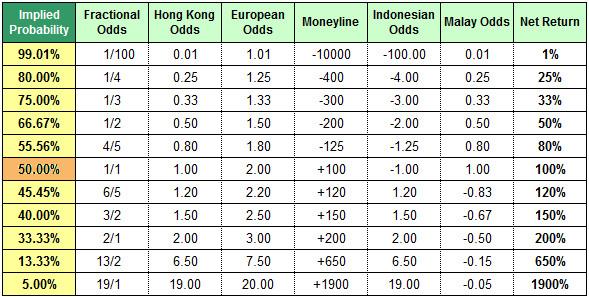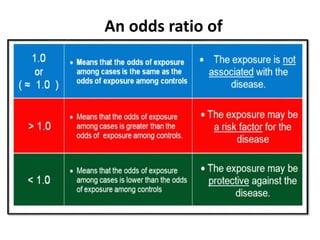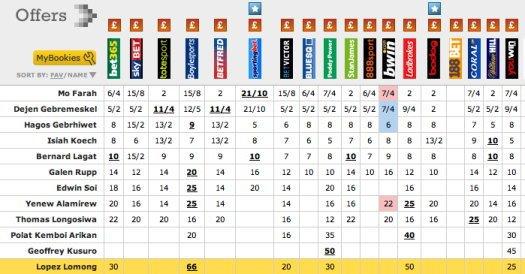Decoding Betting Odds: A Beginner’s Guide to Wager Wisely
In a world where excitement meets strategy, betting offers a thrilling avenue for fans and novices alike to engage with their favorite sports, events, and games. However, for many newcomers, the vast array of odds and betting options can feel more like a cryptic puzzle than a clear path to potential wins. Fear not, as this guide aims to illuminate the essentials of betting odds, demystifying the numbers and symbols that often seem daunting at first glance. Whether you’re hoping to make educated wagers or simply want to understand the betting landscape, join us as we explore the fundamentals of odds calculations, betting types, and strategies to maximize your experience. With a little knowledge and a strategic mindset, you’ll be better prepared to navigate the dynamic world of betting, all while enjoying the thrill that comes with it. Let’s embark on this journey to wager wisely and unlock the secrets behind those seemingly complex digits.
Understanding the Fundamentals of Betting Odds
Betting odds serve as the backbone of wagering, providing a framework for understanding the likelihood of various outcomes in a sporting event or other betting scenarios. These odds can be presented in several formats, primarily fractional, decimal, and moneyline. Fractional odds, like 5/1, indicate how much profit you can make on a bet relative to your stake. Decimal odds, such as 6.00, reflect the total return you would receive for a winning bet, including your stake. Moneyline odds can be a bit trickier, as they can be positive or negative; positive odds show how much profit you can make on a $100 bet, while negative odds reveal how much you need to wager to earn a $100 profit.
Understanding these odds is crucial for making informed betting decisions. For instance, knowing how to convert between these formats can enhance your wagering strategy. A simple table below illustrates the relationship between the different odds formats for a sample scenario of a bet with winning potential. Consider how each format translates into a different understanding of risk and reward:
| Decimal Odds | Fractional Odds | Moneyline Odds |
|---|---|---|
| 2.00 | 1/1 | +100 |
| 3.00 | 2/1 | +200 |
| 4.00 | 3/1 | +300 |
| 1.50 | 1/2 | -200 |
Understanding the nuances behind these figures can empower you to spot the best bets and avoid common pitfalls. Whether you’re a casual bettor or planning to dive deep into sports wagering, grasping the fundamentals of betting odds will lay a strong foundation for your betting endeavors.

Types of Betting Odds Explained
Understanding the different types of betting odds is essential for anyone looking to place a wager. Betting odds can be represented in various formats, each conveying the same information in a unique way. The most common types include:
- Decimal Odds: Popular in Europe and Canada, decimal odds display the total payout (stake + profit) for each unit wagered. For example, odds of 3.00 mean that a $10 bet would return $30, which includes your original $10 stake.
- Fractional Odds: Common in the UK, these odds are shown as a fraction. For instance, odds of 5/1 imply that for every $1 wagered, you will win $5 in profit. So, a $10 bet would yield a total return of $60.
- Moneyline Odds: Predominantly used in the United States, moneyline odds can be either positive or negative. Positive odds, such as +200, indicate how much profit a $100 bet would generate. Conversely, negative odds, like -150, show how much you need to wager to win $100.
These formats can sometimes be confusing, but they essentially provide the same functionality: allowing bettors to determine potential payouts. To further clarify, here’s a simple comparison table to visualize the relationship between different odds types:
| Decimal Odds | Fractional Odds | Moneyline Odds |
|---|---|---|
| 2.00 | 1/1 | +100 |
| 3.00 | 2/1 | +200 |
| 1.50 | 1/2 | -200 |

Strategies for Interpreting Odds Effectively
Understanding odds is crucial for making informed betting decisions. When you see fractional odds, like 5/1, it indicates how much you can win relative to your stake. For every $1 you wager, you’ll get $5 in profit if your bet is successful. Alternatively, decimal odds simplify this by representing your total return, including your stake. For example, 6.0 signifies that a $1 bet will return $6—the original stake plus $5 profit. For better clarity, consider creating a reference table of common odds formats to help reinforce your understanding.
| Odds Format | Example | Potential Return |
|---|---|---|
| Fractional | 5/1 | $6 ($5 profit + $1 stake) |
| Decimal | 6.0 | $6 ($5 profit + $1 stake) |
| Moneyline | +500 | $6 ($5 profit + $1 stake) |
Another effective strategy is to compare odds across different sportsbooks. Odds can vary significantly from one bookmaker to another, and finding the best value can boost your potential returns. Use odds comparison tools or websites to see where you can maximize your winnings. Additionally, understanding implied probability can enhance your betting approach. The implied probability expresses the likelihood of an outcome occurring as a percentage based on the odds. This can be calculated with the formula: Implied Probability = 1 / Decimal Odds. Knowing this can help you determine if a bet is good value based on your own assessments.

Tips for Making Informed Wagers
Understanding the landscape of betting can greatly enhance your ability to make informed wagers. Start by *researching the type of events or games* you wish to bet on, as familiarity can give you an edge. Consider these factors:
- Statistics and History: Dive into past performance data of teams or players. Historical data can reveal trends that may not be immediately obvious.
- Injury Reports: Keep an eye on athlete health statuses, as injuries can significantly impact outcomes.
- Weather Conditions: For outdoor sporting events, weather can alter gameplay drastically. Data on temperature, wind for football, or humidity for tennis should not be overlooked.
Additionally, consider leveraging betting tools or calculators to further your strategy. These tools can assist in understanding your potential returns and risk levels. Some key elements to incorporate into your strategy include:
| Tool | Purpose |
|---|---|
| Probability Calculator | Estimates the likelihood of different outcomes based on current odds. |
| Bankroll Management Apps | Helps track your wagers and manage your overall betting budget. |
| Odds Comparison Sites | Allows you to compare odds across various betting platforms for better value. |
Concluding Remarks
As we draw the curtain on our exploration of betting odds, we hope this guide has illuminated the intricate world of wagering for you. Understanding how odds work is not just about numbers; it’s about strategy, risk assessment, and, ultimately, informed decision-making. By grasping the nuances of odds formats, the implications of implied probability, and the value of research, you are now better equipped to navigate the exciting yet unpredictable landscape of sports betting.
Remember, responsible gambling is key. Approach each wager with a clear mind and a solid strategy, ensuring that your experience remains enjoyable and sustainable. Whether you’re wagering for fun or refining your skills, the journey is yours to make. May your stakes be informed, your bets wise, and your excitement boundless. Happy betting!
